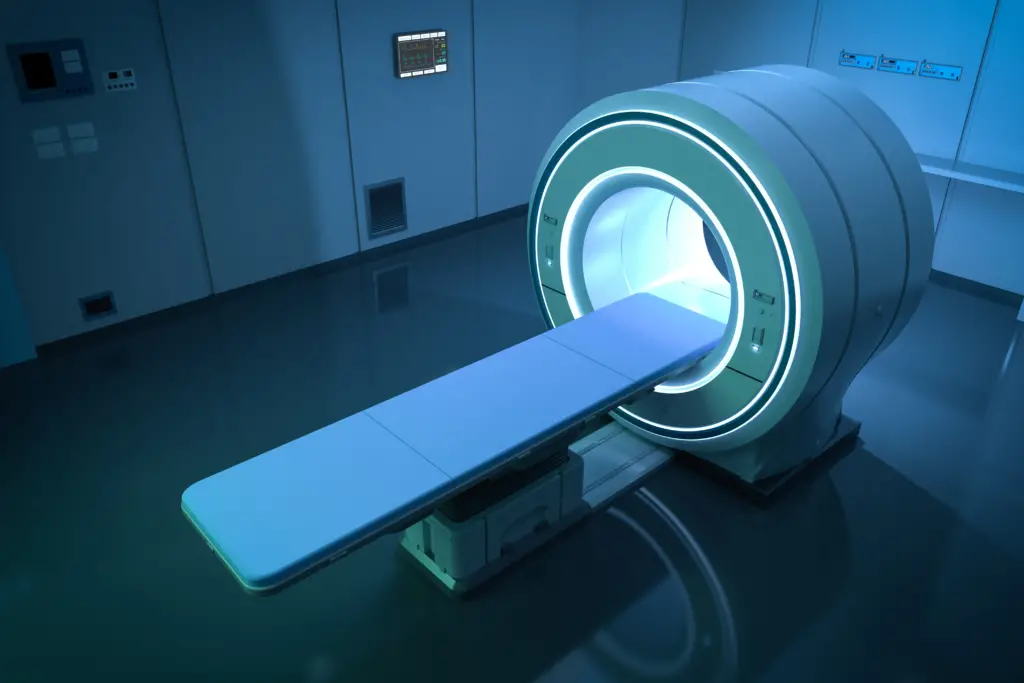MRI Shielding is an integral component of modern medical imaging, ensuring both safety and precision in capturing vital images. As technology advances, the importance of shielding becomes even more pronounced. Dive deep into the intricacies, its significance, and how it’s shaping the future of medical diagnostics.
Basics of MRI Machines
Magnetic Resonance Imaging, commonly known as MRI, is a cutting-edge medical imaging technique that provides detailed views of the body’s internal structures without using ionizing radiation. At the heart of this technology are powerful magnets, radiofrequency pulses, and advanced software.
These machines have transformed diagnostic medicine, allowing doctors to diagnose and treat patients with a level of accuracy previously unattainable.
History and Development
From its initial stages in the late 1970s, MRI technology has undergone immense evolution. The continuous refinement in its mechanisms has also led to improved shielding techniques.
Components and Their Roles
Each MRI machine consists of several components, with the magnet and RF coils being central. These parts, especially the powerful magnet, necessitate the need for robust shielding.
The Necessity of MRI Shielding
It is not just an additional feature; it’s a must-have for many reasons.
Safety Concerns
The powerful magnetic fields generated by MRI machines can attract metal objects, turning them into projectiles. Shielding acts as a protective layer, preventing such accidents.
Interference Prevention
MRI imaging relies on capturing subtle signals. Shielding prevents external RF interferences, ensuring clear and accurate images.
Types of MRI Shielding Techniques
There’s no one-size-fits-all when it comes to shielding.
RF Shielding
RF shielding primarily focuses on blocking radio frequency interferences, enhancing the quality of MRI scans.
Magnetic Shielding
This technique involves reducing the magnetic field’s reach, ensuring safety for both patients and medical staff.
Materials Used in MRI Shielding
Various materials offer different shielding properties, catering to specific MRI needs.
Copper
Famed for its excellent conductivity, copper remains a popular choice for RF shielding in MRI rooms.
Aluminum
Lighter than copper, aluminum offers substantial protection against electromagnetic interference, especially in specific MRI applications.
Specialized Alloys
With advancements in technology, new alloys are being developed, providing both magnetic and RF shielding properties.
Evolution of MRI Shielding Over the Years
This evolution over the years has been nothing short of remarkable. Starting with simple, rudimentary barriers designed to offer basic protection, the journey has led to the development of advanced, sophisticated shielded rooms tailored for high-tech MRI machines. These transformations have been driven by the dual need for enhanced patient safety and clearer, interference-free imaging.
The Process of Installing MRI Shielding
It’s not just about selecting the right material; installation plays a crucial role.
Preparation and Planning
Before implementing shielding, understanding the MRI’s strength, room dimensions, and potential interferences is vital.
Installation Steps
A professional touch ensures that the shielding offers optimal protection without compromising the MRI’s efficiency.
Maintenance and Upkeep of MRI Shielding
Like any other equipment, MRI shielding requires regular maintenance to ensure longevity and effectiveness.

Innovations in MRI Shielding
Innovations in MRI Shielding have transformed the way we approach medical imaging safety. With technology advancing at an unprecedented pace, MRI shielding continuously adapts to offer improved protection. New materials, advanced installation techniques, and integrated solutions are testament to the relentless pursuit of excellence in this domain.
As MRI machines become more sophisticated, the innovations in shielding ensure that both patients and professionals remain safeguarded from potential risks, while also enhancing the quality of scans.
Technological Advancements
Technological advancements in the field of medical imaging are pushing the boundaries of what’s possible. Modern MRI machines, for instance, are now equipped with integrated shielding solutions. These cutting-edge features not only maximize protection against external interferences but also streamline the entire process, reducing the complexities traditionally associated with installation. As technology continues to evolve, such innovations underscore the medical industry’s commitment to ensuring patient safety while also enhancing diagnostic accuracy.
FDA and MRI Shielding
The Food and Drug Administration (FDA), a paramount regulatory body in the United States, has meticulously established specific guidelines concerning MRI shielding. These directives underscore the criticality of safeguarding both patients and healthcare professionals. By emphasizing proper installation procedures and materials’ quality, the FDA ensures that MRI environments remain both effective in diagnostics and consistently uphold the highest safety standards. Their involvement not only underscores the importance of MRI shielding but also provides a benchmark for other countries to follow.
International MRI Safety Protocols
Magnetic Resonance Imaging (MRI) machines, being pivotal in diagnostic medicine, are deployed in health institutions worldwide. Given their widespread use, international safety protocols have been established to guarantee consistent and effective protective measures across different regions. These protocols, crafted by medical experts and researchers, aim to standardize practices, prevent potential hazards, and ensure optimal patient and healthcare worker safety during MRI procedures. Adhering to these guidelines is paramount to maintain trust and reliability in the ever-evolving field of medical imaging.
Conclusion
MRI shielding stands as a testament to the medical world’s commitment to patient safety and precision. As technology advances, MRI shielding will undoubtedly evolve, ensuring that the balance between safety and efficacy remains uncompromised.
